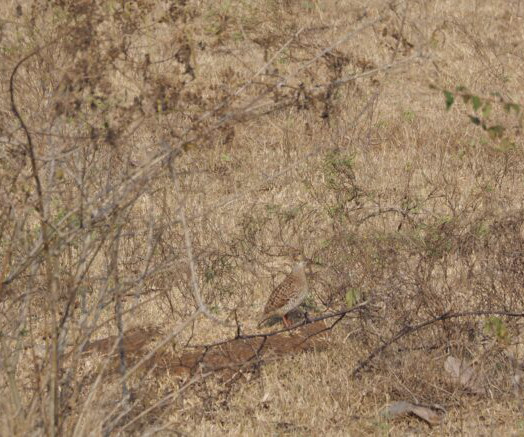The Great Bustard Search is On (1)
10,000 Birds
FEBRUARY 15, 2018
Habitat destruction combined with hunting has pushed them away from their former breeding grounds. In breeding season grazing cattle may walk through the nest, breaking the eggs, while wild and domestic pigs may eat both eggs and chicks. Bustards are being counted in February because their breeding season starts in March.












Let's personalize your content